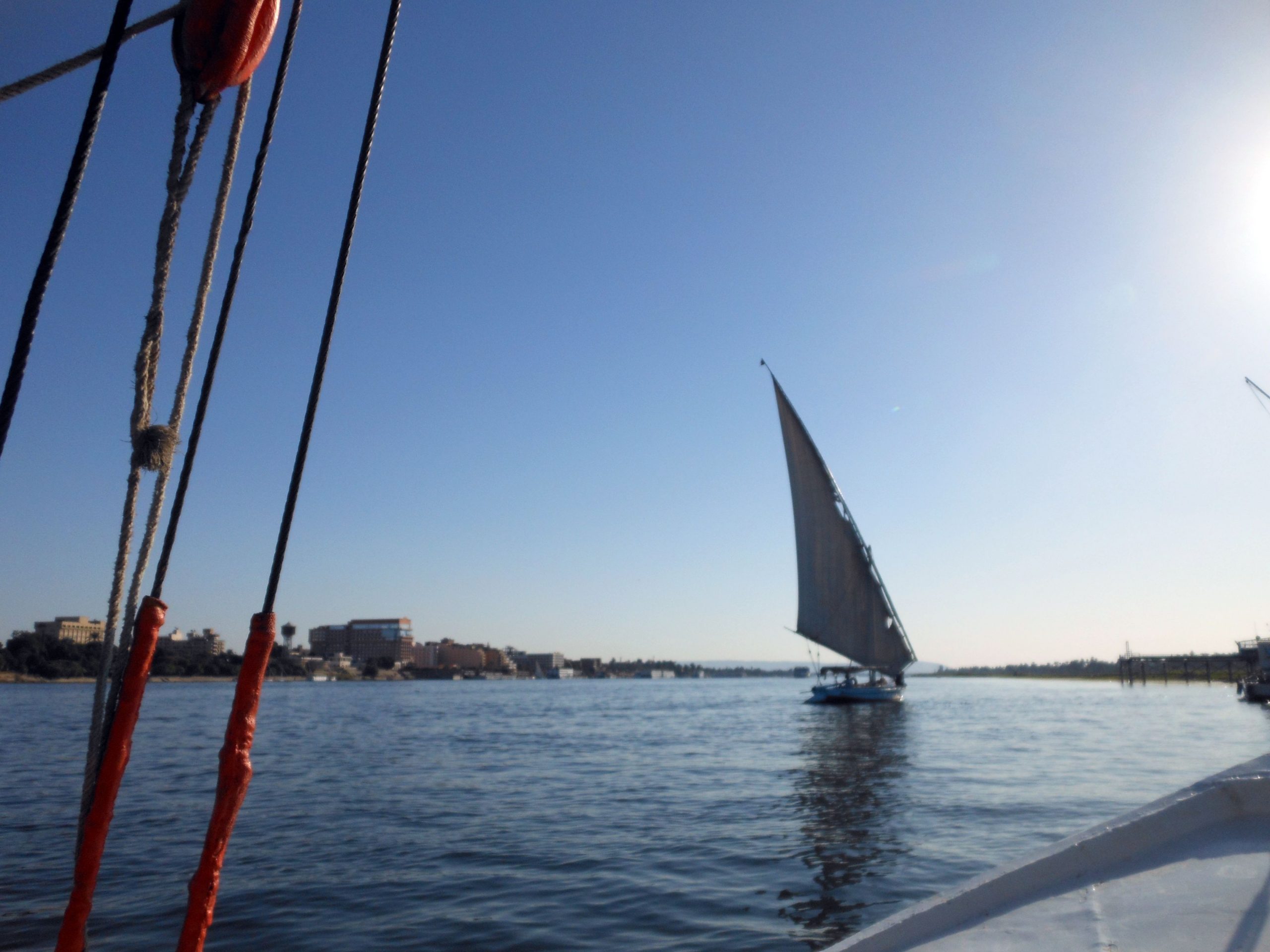Tahrir Square
Before Friday afternoon we several times crossed Tahrir Square remembering the time when Karim El-Gawhary reported about the „Arab Spring“ on Austrian TV. We again saw people gathering for next demonstrations as these were just the days when Mursi made himself the next „Pharao“. Concerned about the large gap brought into the Egyptian Society by the Muslim brothers we stayed in the guest rooms of the Comboni Fathers in Cordi Jesu. There we could watch the places we visited a few hours ago in TV by webcams.






